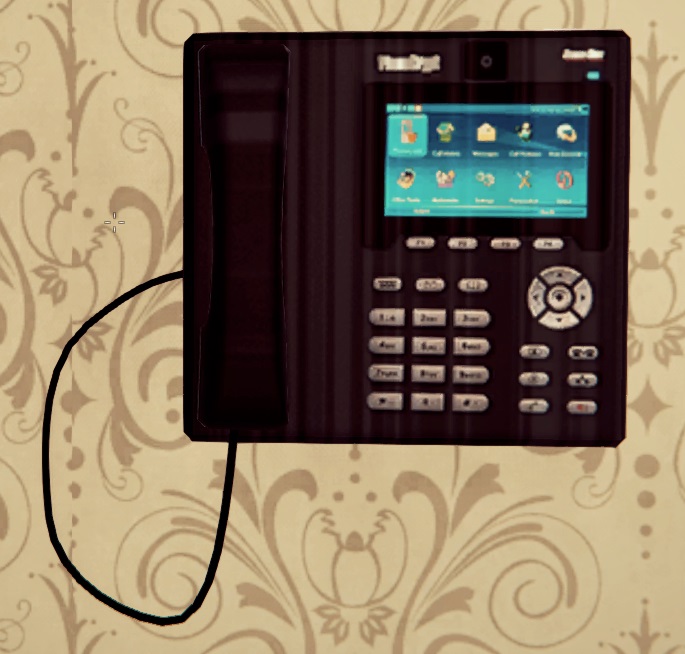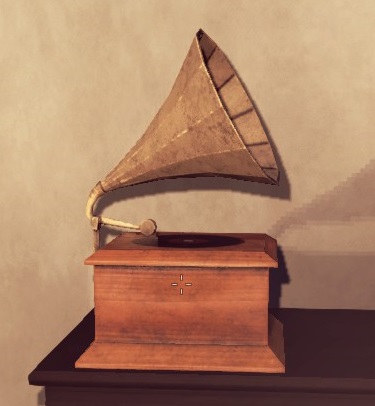
You can only really get in there at night and the game time locks itself in place while you are inside, so be careful with your flashlight use. A crowbar and the flashlight should be enough. Whatever is in there might be worth very little, could contribute to some BlackBay auctions, or might give you a serious boost. This guy is supposed to be the unluckiest person in the universe, so his design had to reflect his unfortunate condition.If you aren't on one of the abandoned console ports, the abandoned house in the Industrial Street has some random loot in NG+ and only requires basic tools to get into. We didn’t want some cool, ultra-professional space marine type. The important thing I was trying to focus on while designing most og these was ensuring that the player looked a bit hopeless. I think it’s a good balance between the larger, detailed ones and the smaller, more stylized ones. Didn’t like this one at all.Įventually, this was the design I came up with and ultimately settled on. A radically different chair design, with a much taller, thinner character.Same chair design as 5, but with a different character design.An attempt to make a larger, more detailed character with a properly defined face.I’ve done many concept drawings for Wheelbound, most of them terrible! Some scanned in sketches of character/chair designs.A version of the second character as viewed from above – toying with the concept of having some top-down bits with “race car” controls.The downside was that it was hard to get changes of expression when he had no real features, and the outsized head makes him look more like a child. A redesigned player, intended to be a bit more stylized.The original player character – six colours, designed to be as simple as possible.The design of the main character has changed a lot. But here’s the tiny 6-colour guy you originally played: This quickly proved impractical, so the design changed. Initially the game had much simpler graphics, and we were planning to create each “screen” or area as a separate graphic, rather than using tiles and a level editor.

The main character in particular has changed design a lot. Since the initial prototypes, the style of Wheelbound has gone through a large number of changes. That’s a pretty abstract thought experiment at the moment though, as most of the levels haven’t yet been built. My conclusion was that we could certainly stand to connect areas more thoroughly, as the current design is heavily reliant on always returning through a single hub area. I made a diagram of Wheelbound’s areas and how they connect to each other, and then looked at some other games’ area connections, such as Castlevania: Symphony of the Night, Super Metroid, and Dark Souls. The strongest Metroidvania games will have each new area you discover link back to previous areas, so that you find shortcuts and open new routes through the game, thereby breathing new life into places you’ve already traversed. I’ve also spent some time this week thinking about “interconnectedness”. One day I’ll spent all my time drawing pixel tiles, the next day, scripting a new feature, and the next day designing a level. I like to mix up what I’m doing at all times to keep it interesting.


I know that’s the sort of thing that you should add right at the end of a project when you’re polishing it up, but that method of working never really works for me. A tiny detail, but it adds a good bit of motion and life to the world. One other minor detail I’ve put in this week is that the waving willow frond-like creepers that hang from the trees sometimes drop leaves that float gently down.

These plants function like organic jump pads.


 0 kommentar(er)
0 kommentar(er)
